In this age of rising living costs, finding ways to save on utility bills is not just wise—it’s a necessity. This article will guide you through practical, easy-to-implement strategies that can significantly reduce your monthly expenses. From optimizing your energy consumption to leveraging technology for efficiency, we’ll explore how small changes can lead to substantial savings.
Get an Electricity Audit
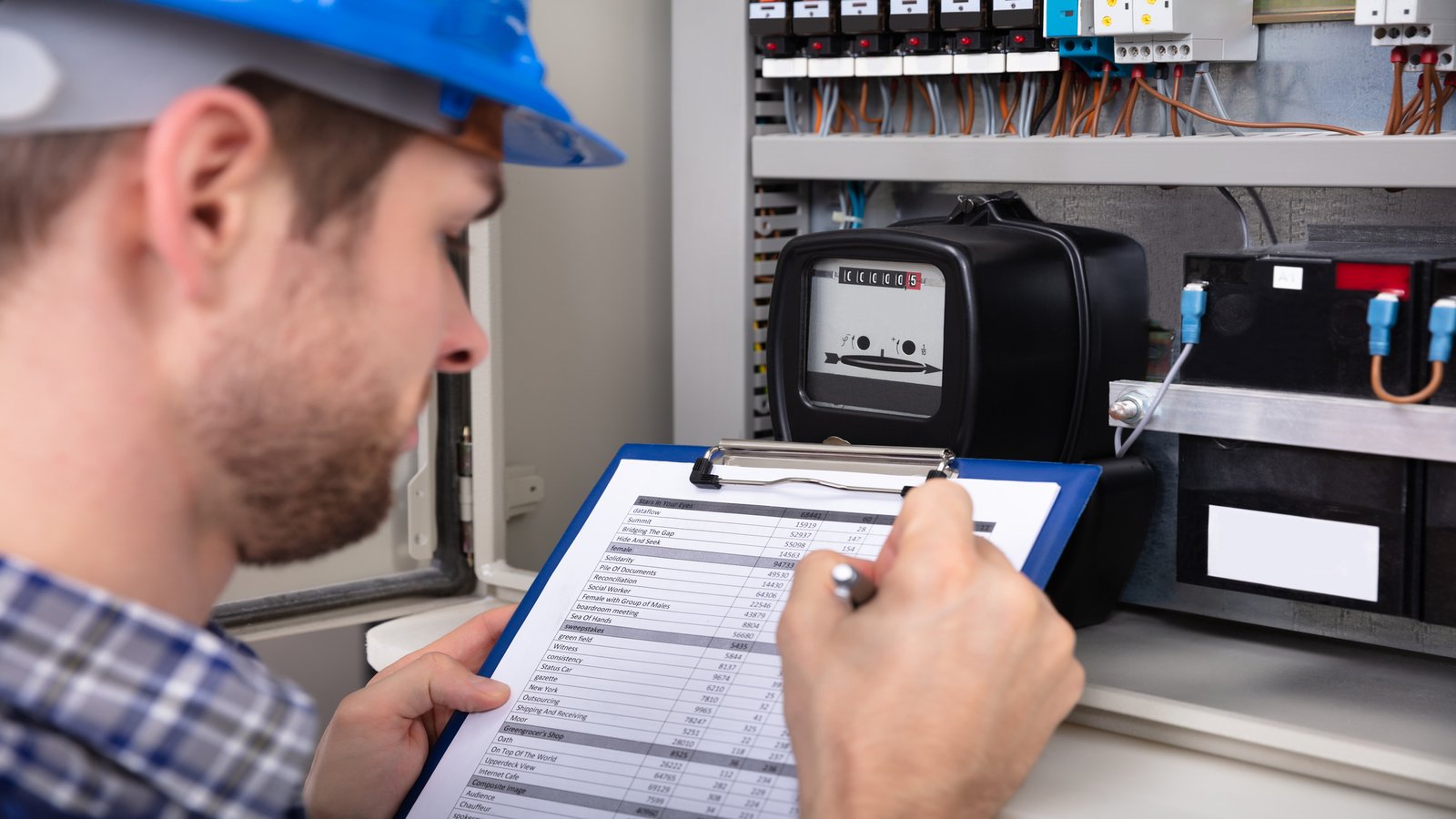
An electricity audit is a smart step towards reducing utility costs. Many electric companies offer this service for free, providing a detailed room-by-room inspection and analysis of your electricity bills to identify areas of energy waste. You can follow their recommendations to reduce your monthly bills. If such a service isn’t available, you can conduct a DIY home energy audit with the help of the US Department of Energy’s website.
Maximize HVAC Efficiency

To lower your energy cost and enhance the efficiency of your HVAC system, consider sealing leaks and caulk, installing a smart thermostat, and upgrading insulation. Sealing leaks alone can save up to 30% on energy costs. Smart thermostats offer savings and qualify for rebates. Replacing your aging HVAC equipment with energy-rated options can significantly reduce costs. Regular cleaning and replacing air filters every month can improve performance.
Adjust Your Thermostat

Tweaking your thermostat setting can lead to significant savings on your electricity bill. The Department of Energy states that by setting your thermostat 10 degrees higher in the summer or lower in the winter for 8 hours daily, you could save about 10% on heating and cooling. Automate this with a smart thermostat to adjust the temperature while you’re asleep or out, ensuring comfort and efficiency without hassle.
Embrace Energy-Efficient Lighting

Transitioning to LED bulbs can significantly cut energy costs. They consume just 25% of the energy used by traditional incandescent bulbs and have a lifespan of 25 times longer. CFL bulbs also offer improved efficiency, though they have a shorter lifespan than LEDs. Making the switch is a good idea for your wallet and the environment.
Optimize Water Heater Settings
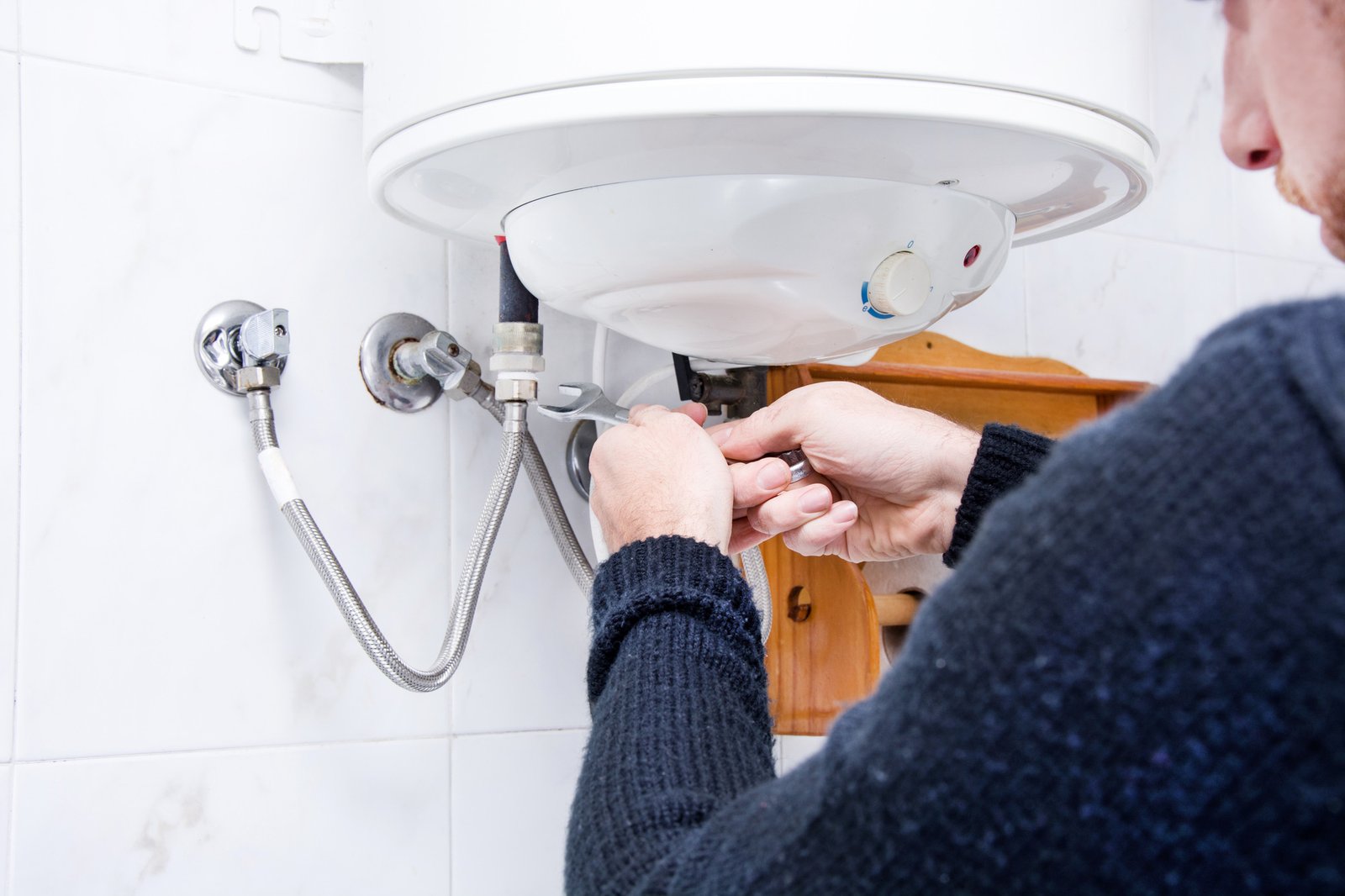
Lowering your water heater’s thermostat from the standard 140°F to 120°F can yield considerable savings on your energy bill. This simple adjustment, which can be done by locating the thermostat dial on your water heater, is a practical step towards energy efficiency. Refer to the owner’s manual or seek a technician’s help. This small change reduces energy consumption and extends the life of your water heater.
Unplug And Power Down

Be vigilant about turning off and unplugging devices when not in use to curb unnecessary energy consumption and lower your electric bill. Simple habits like switching off the lights when leaving a room and utilizing natural daylight can make a difference, as lightbulbs cost around 4 cents per hour for 40 watts. Additionally, unplugging idle appliances can combat phantom energy costs, which average $100 annually. These small steps can lead to big savings over time.
Leverage Off-Peak Rates

Harness the power of time-of-use plans to save on your electricity bill. When demand is lower, you can take advantage of lower electricity rates by operating major appliances during off-peak hours (early morning or late evening). This smart scheduling aligns with energy consumption patterns, optimizing usage when costs dip, leading to considerable savings.
Invest In Solar Panels
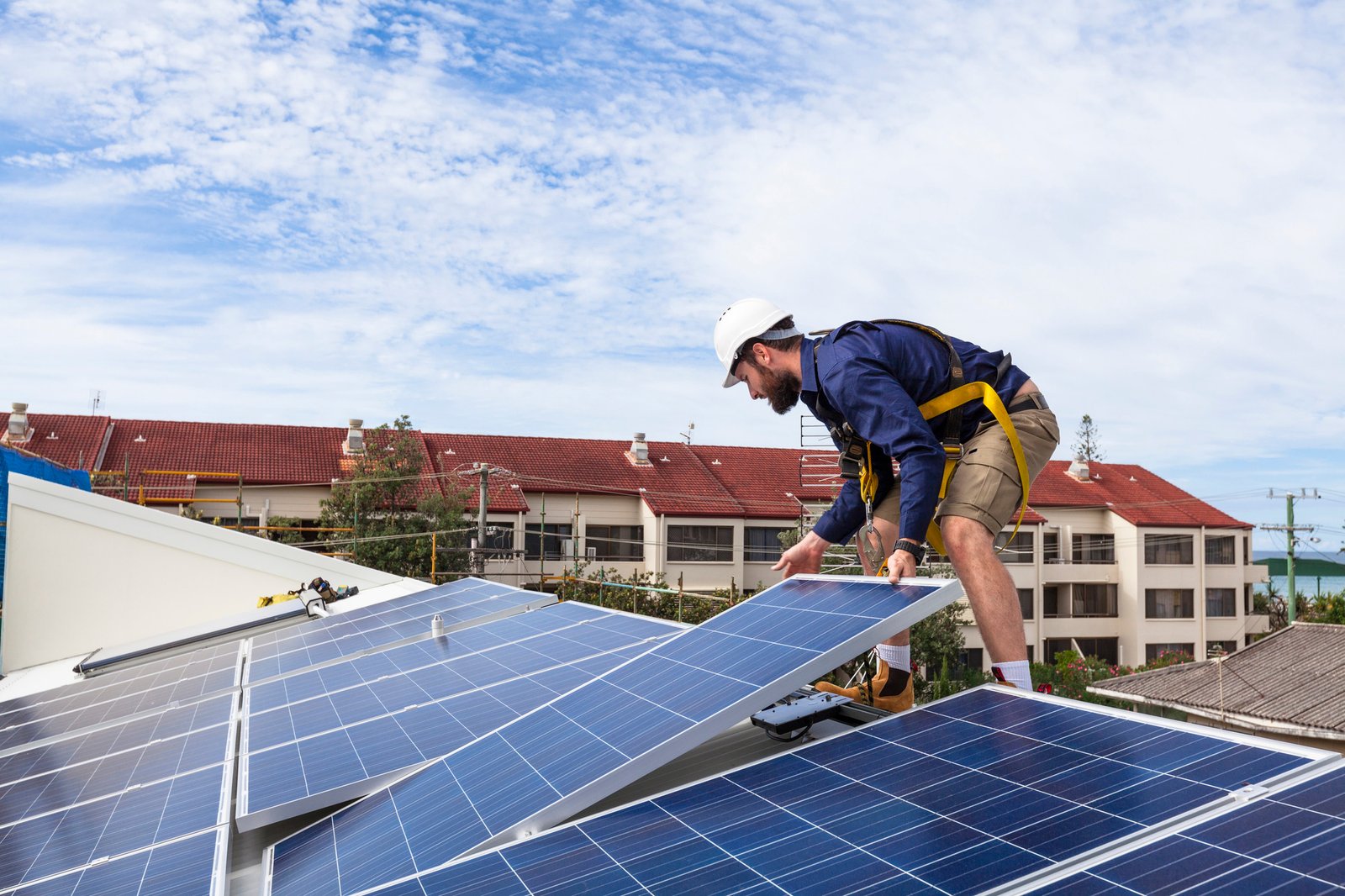
Investment in solar energy systems significantly reduces your electric bill, and depending on where you live, you might benefit from tax credits or refunds. This renewable energy source reduces your carbon footprint and provides a sustainable and cost-effective power solution for your home.
Take Shorter Showers

Choosing showers over baths is already a step towards saving water and money, as showers use significantly less water. Consider timing your showers with a five-minute song or setting a timer to maximize savings. Challenge yourself to reduce shower time even further, and try a sailor’s shower by turning off the water while soaping up. These simple changes can lead to substantial water conservation and lower utility bills.
Fix Leaks
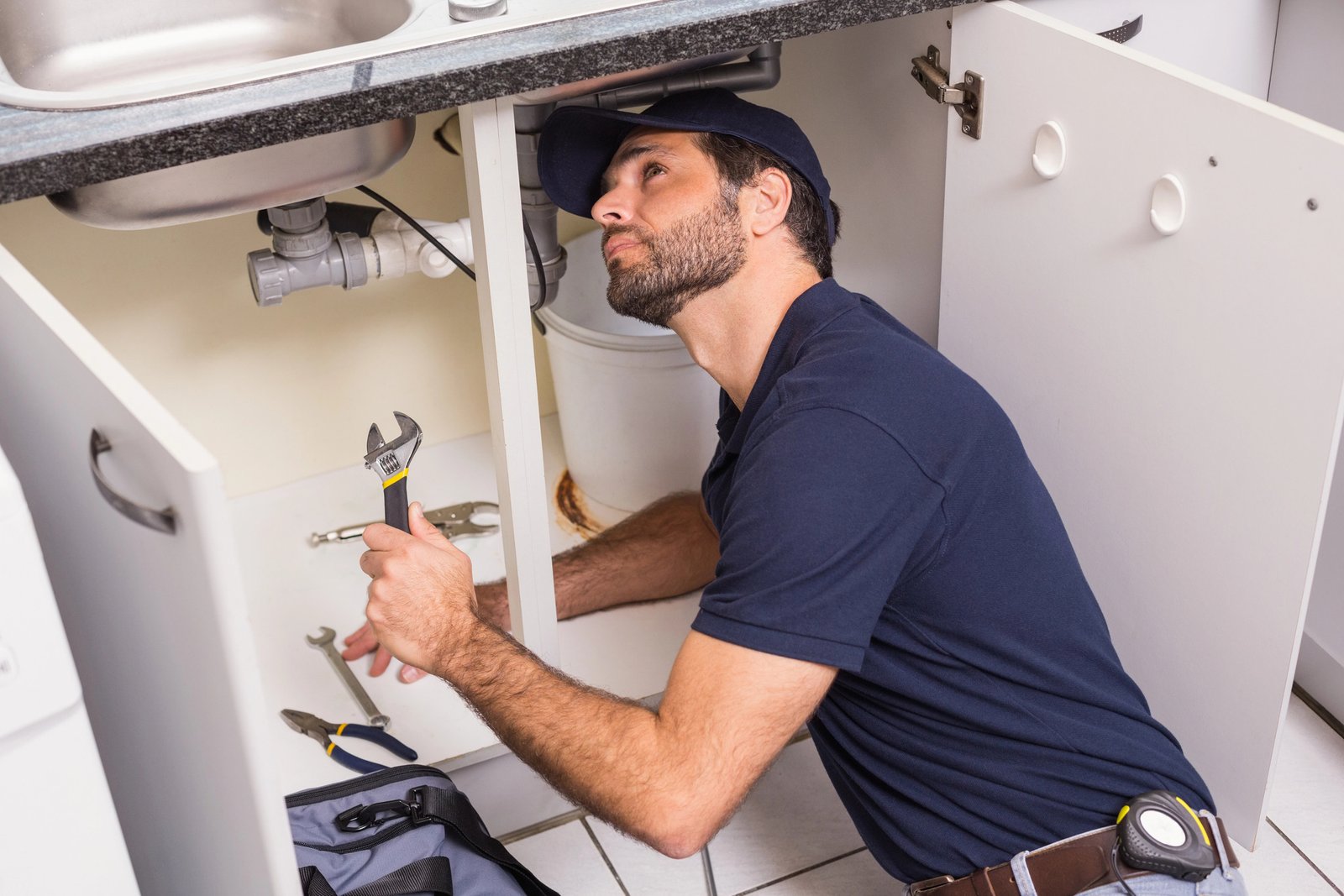
Household leaks can squander up to 10,000 gallons of water yearly. Regular checks for leaky faucets, toilets, and hoses are essential. Monitor your water meter before and after two hours without water use. A change in reading indicates a potential leak. If you suspect a leak, consult a plumber.
Install water-saving fixtures
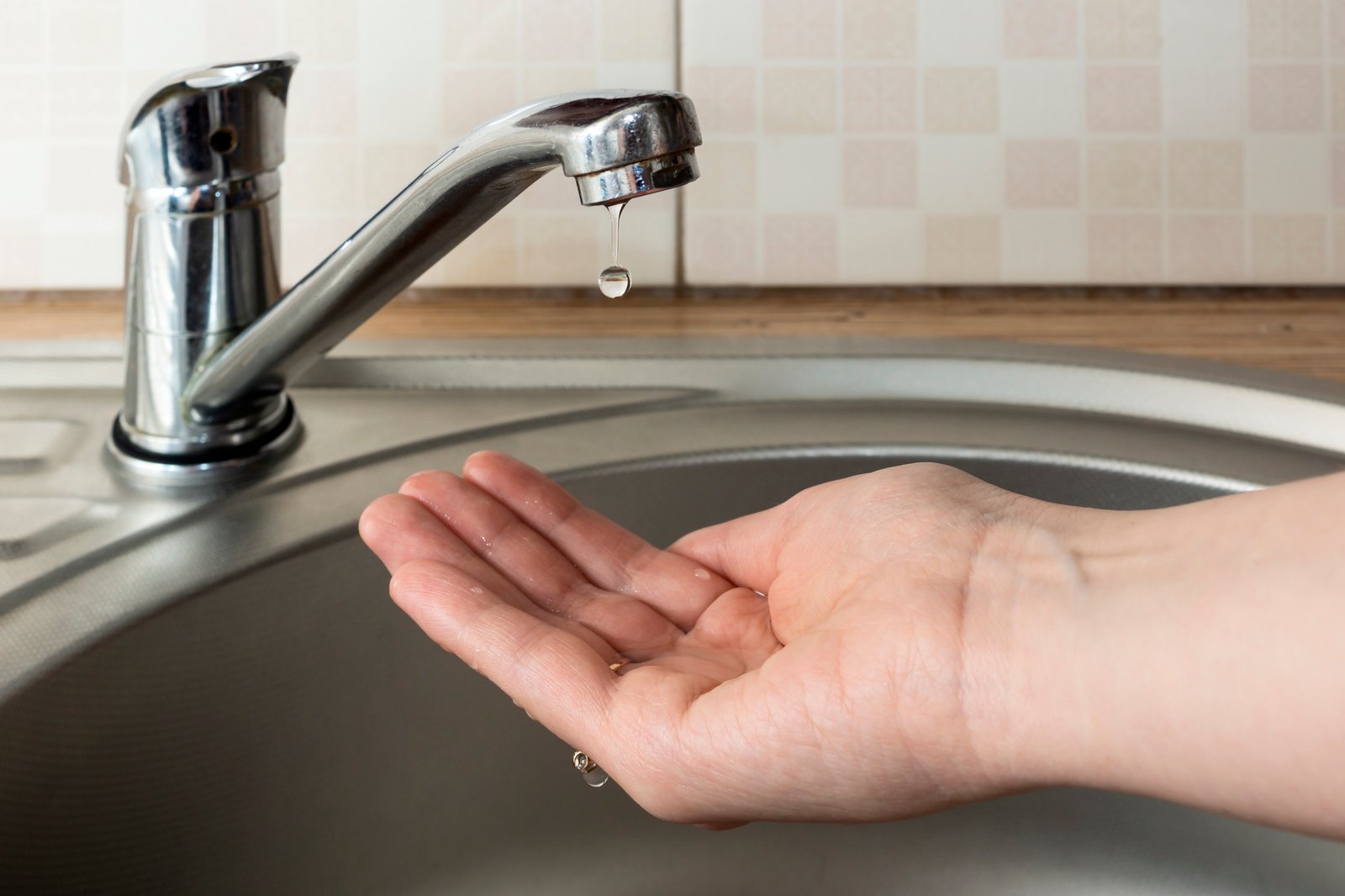
Upgrading to WaterSense-labeled fixtures in your bathroom can lead to significant savings as they are 20% more water-efficient than standard models without compromising performance. If you’re not prepared for a full replacement, consider installing water-efficient faucet aerators or placing soda bottles filled with sand in your toilet tank to reduce water usage. These small changes can contribute to both water conservation and cost savings.
Smart Watering

To ensure efficient water use, avoid watering your garden during the hottest part of the day to prevent rapid evaporation. Instead, water your plants just before sunrise when it’s cooler. Consider xeriscaping—replacing thirsty lawns with drought-resistant plants to reduce the need for irrigation and enjoy savings on your water bill.
Replace Furnace Air Filters

Regularly replacing your furnace air filters is crucial for maintaining efficiency and air quality. Aim to change filters every few months to ensure your heating system works at peak performance, which can lead to energy savings and prolonged equipment life.
Plan Your Meals

Strategically planning your meals can lead to gas savings. Cooking in larger batches reduces stove usage over the week. Opting for no-cook meals like sandwiches or pre-made salads further conserves gas, blending convenience with cost efficiency.
Get Your Own Router

Investing in your own router and modem can lead to long-term savings and enhanced internet performance. Brands like Netgear, Linksys, ASUS, and TP-Link offer reliable routers with the latest WPA-3 encryption for security. A mesh system could provide comprehensive coverage for larger homes or areas with poor Wi-Fi.
Bundle Your Services

When it comes to managing your subscriptions, bundling can be a savvy way to save. Combining services like internet, TV, and streaming platforms into one package often lowers monthly costs. It is also wise to regularly review your subscriptions and cancel any that you are not actively using, as this can further reduce your monthly expenses.
Talk to Your HR About Discounts

Large organizations often have agreements with service providers that include employee discounts. To tap into potential savings, inquire with your HR department about such benefits. Taking advantage of these deals can reduce your monthly expenses for various services.


